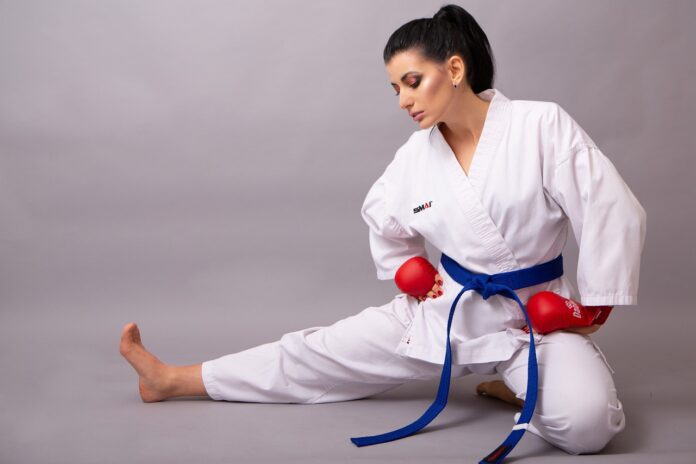Judo, a martial art and sport developed in Japan, is founded on principles of mutual help, understanding, and using both body and spirit in balance. Here are some intriguing facts about judo.
Interesting Facts About Judo:
- Core Principles: Judo’s main principle is to promote mutual assistance and understanding to achieve greater success, utilizing both body and mind equally.
- Popularity: Judo is only surpassed by soccer in terms of global popularity among sports enthusiasts. It boasts a vast following and is practiced worldwide.
- Unbeaten Record: Yasuhiro Yamashita is the only judoka in the world with an undefeated record in judo. He competed in 217 official matches and won them all.
- Federation: In 1972, the All-Russian Public Organization – the Judo Federation of Russia – was established. Today, it unites over 100,000 practitioners and operates in more than 70 regions of the Russian Federation.
- Dan Ranks: Judo has twelve dan ranks, with the eleventh rank never awarded. The twelfth dan was awarded only to the founder of judo, Jigoro Kano.
- Safety: Research shows that judo is generally safe for health. Most injuries (over 70%) occur during competitions rather than during training.
- World Championships: The first World Judo Championships were held in Tokyo in 1956, with 31 competitors from 21 countries participating.
- School Curriculum: By 1907, judo had become so popular that it was incorporated into the curriculum of Japanese high schools. It was also introduced to soldiers and police officers for training.
- Jigoro Kano: Jigoro Kano, the founder of judo, was a strict yet devout teacher. He did not charge students for his training; instead, they offered him tea and rice.
- Weight Classes: For many years, judo did not have weight classes. The Japanese believed that mastering techniques was more important than physical strength. However, after losing to foreigners at the 4th World Championships, weight classes were introduced.
- Tatami Mats: Judo matches are held on tatami mats, which are made of polymer materials and come in sizes of 1 x 1 x 4 cm or 2 x 1 x 4 cm. The tatami is divided into two differently colored areas.
- Vasily Oshchepkov: Vasily Oshchepkov, who spent his childhood and youth in Japan, introduced judo to modern Russia. He began establishing judo sections in the Soviet Union in 1914.
- Life Skills: Judo helps children prepare for various life events. It teaches them that practice can sometimes be hard and monotonous, but persistence is necessary to achieve goals.
- Match Commands: Judo matches begin with the command “HAJIME” (start). To stop the match, the command “MATE” is given. The end of the match is signaled with “SORE-MADE” (end).
- Winning Techniques: To win a judo match, the attacking judoka must throw the opponent backward and then pin them down.
- Traditional vs. Sport Judo: Both traditional judo (represented by Kodokan Judo and other schools) and sport judo are practiced at an international level.
- Olympic Status: Judo was introduced as an Olympic sport in 1964. It has since become a key event at the Games, showcasing some of the best judokas from around the world.
- Judo’s Philosophy: Judo’s philosophy emphasizes “maximum efficiency with minimum effort,” encouraging judokas to use their opponent’s force against them.
- Training and Technique: The sport focuses on techniques such as throws (nage-waza), ground work (ne-waza), and joint locks (kansetsu-waza), which require precise skill and practice.
- Cultural Impact: Judo has influenced martial arts and sports cultures globally, with numerous adaptations and variations in different countries.
